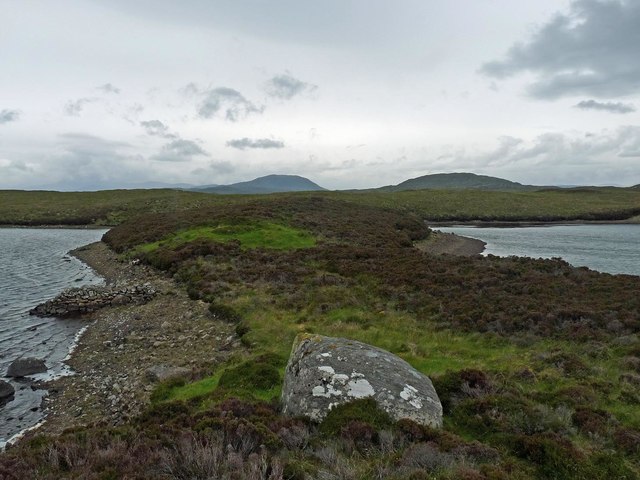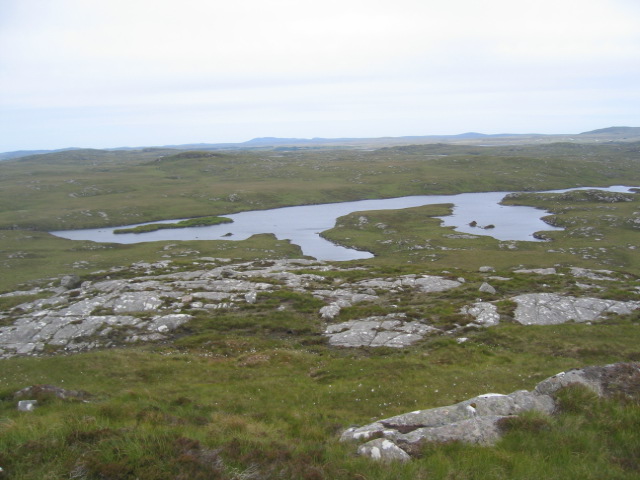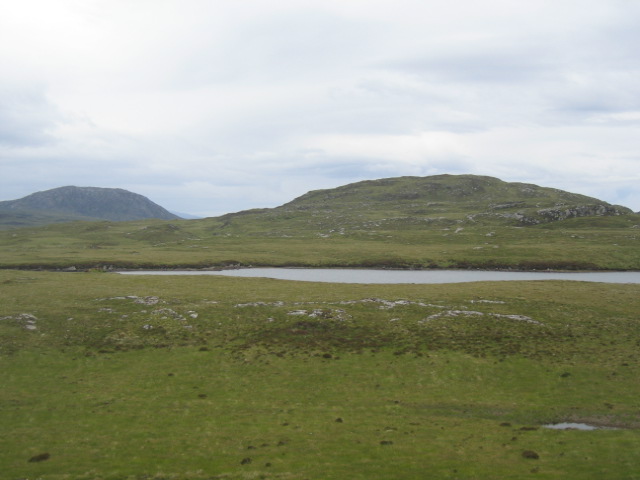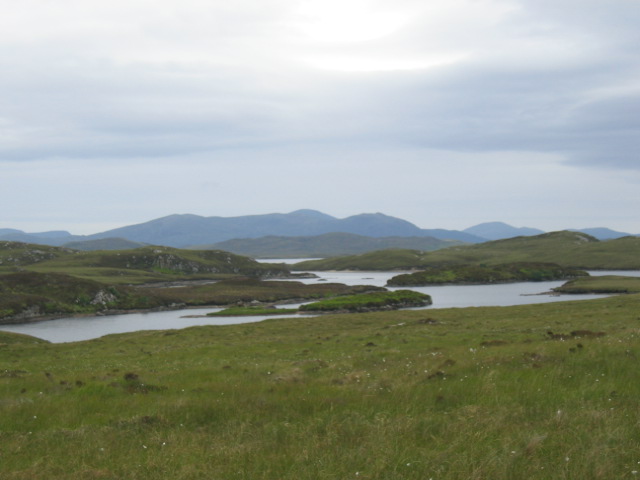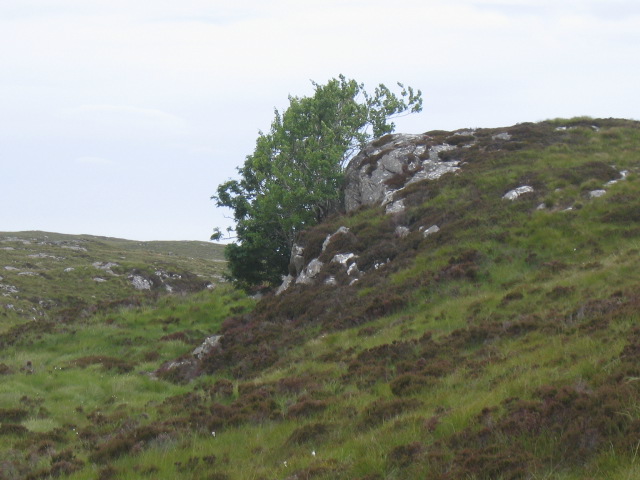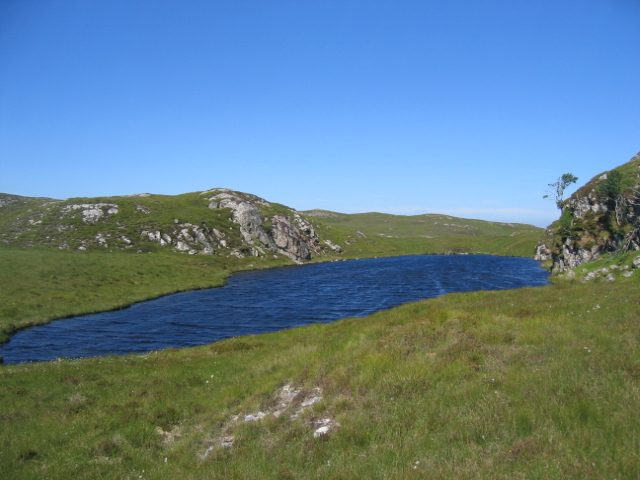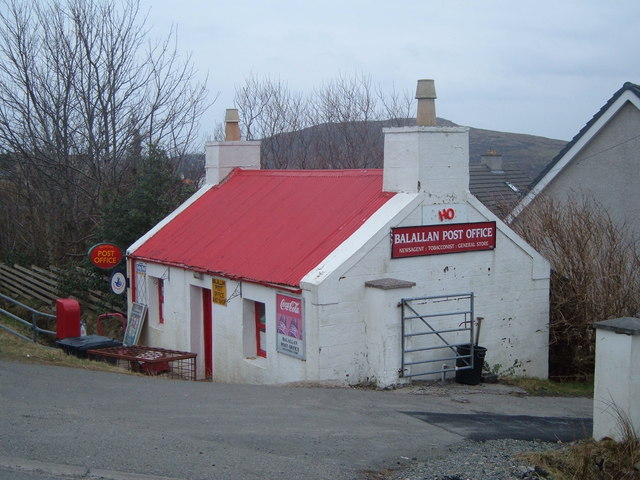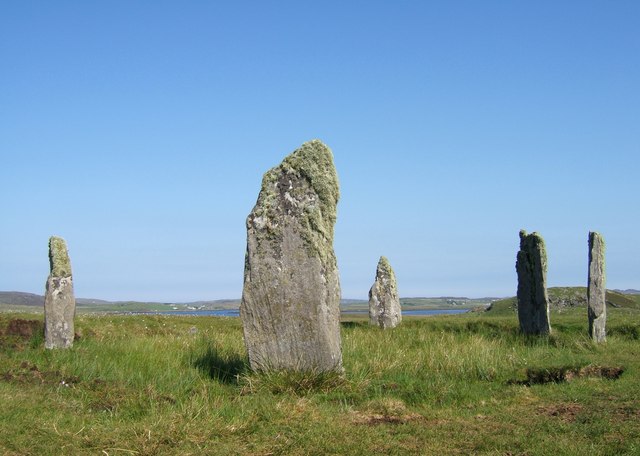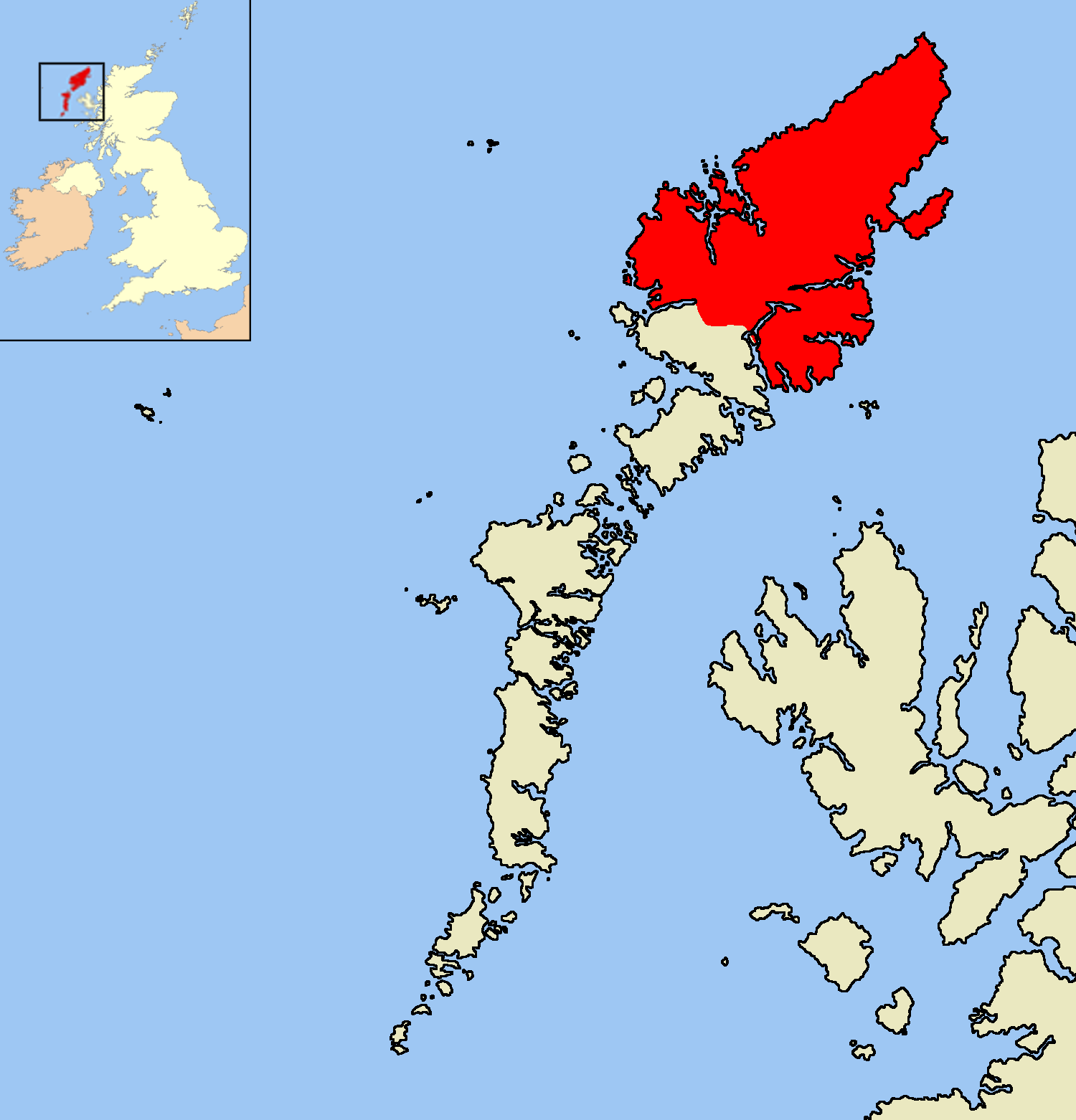Eilean Dubh Mhic Leoid
Island in Ross-shire
Scotland
Eilean Dubh Mhic Leoid
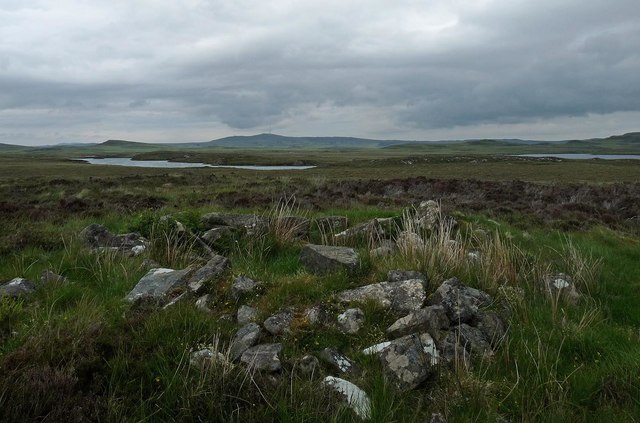
Eilean Dubh Mhic Leoid is a small island located off the coast of Ross-shire, in the Scottish Highlands. The island is situated in the Inner Hebrides archipelago, specifically in the Sound of Raasay. With an area of approximately 90 acres, Eilean Dubh Mhic Leoid is known for its stunning natural beauty and rich history.
The island is characterized by its rugged coastline, rocky cliffs, and verdant hills. It is home to a variety of wildlife, including seabirds, seals, and occasionally dolphins, making it popular among nature enthusiasts. Visitors can enjoy scenic walks along the island's network of paths, offering breathtaking views of the surrounding landscape.
Eilean Dubh Mhic Leoid is also steeped in history. It is believed to have been inhabited since at least the Iron Age, with evidence of ancient settlements and burial sites found on the island. The ruins of a medieval chapel dedicated to St. Moluag can still be seen today, serving as a reminder of the island's religious past.
Access to Eilean Dubh Mhic Leoid is mainly by boat, with regular ferry services available from nearby towns such as Portree and Kyle of Lochalsh. The island offers a peaceful and secluded retreat for those seeking a getaway from the hustle and bustle of everyday life.
If you have any feedback on the listing, please let us know in the comments section below.
Eilean Dubh Mhic Leoid Images
Images are sourced within 2km of 58.134324/-6.6242473 or Grid Reference NB2725. Thanks to Geograph Open Source API. All images are credited.

Eilean Dubh Mhic Leoid is located at Grid Ref: NB2725 (Lat: 58.134324, Lng: -6.6242473)
Unitary Authority: Na h-Eileanan an Iar
Police Authority: Highlands and Islands
What 3 Words
///even.carrots.plankton. Near Leurbost, Na h-Eileanan Siar
Nearby Locations
Related Wikis
Balallan
Balallan (Scottish Gaelic: Baile Ailein, Bail' Ailein), meaning "Allan's Town", is a crofting township on the Isle of Lewis, in the Outer Hebrides, Scotland...
Achmore, Lewis
Achmore (Scottish Gaelic: An t-Acha Mòr; marked on some maps as Acha Mòr) is a village in the Scottish Outer Hebrides, on the Isle of Lewis. The name means...
Callanish IV
The Callanish IV stone circle (Scottish Gaelic: Ceann Hulavig) is one of many megalithic structures around the better-known (and larger) Calanais I on...
Eilean Mòr, Loch Langavat
Eilean Mòr is an island in Loch Langavat on the Isle of Lewis in the Outer Hebrides of Scotland. == Footnotes ==
Isle of Lewis
The Isle of Lewis (Scottish Gaelic: Eilean Leòdhais) or simply Lewis (Scottish Gaelic: Leòdhas, pronounced [ˈʎɔːəs̪] ) is the northern part of Lewis and...
Garynahine
Garynahine (Scottish Gaelic: Gearraidh na h-aibhne) is a settlement on Lewis, in the Outer Hebrides, Scotland. Garynahine is situated at a T-junction where...
Garynahine Estate
Garynahine Estate (Scottish Gaelic: Gearraidh na h-aibhne) in Garynahine, a village on the Isle of Lewis, Outer Hebrides was owned by Sir James Matheson...
Loch Erisort
Loch Erisort (Scottish Gaelic: Èireasort) is an 8-mile-long narrow sea inlet on the east coast of the Isle of Lewis in the Outer Hebrides off the west...
Have you been to Eilean Dubh Mhic Leoid?
Leave your review of Eilean Dubh Mhic Leoid below (or comments, questions and feedback).
